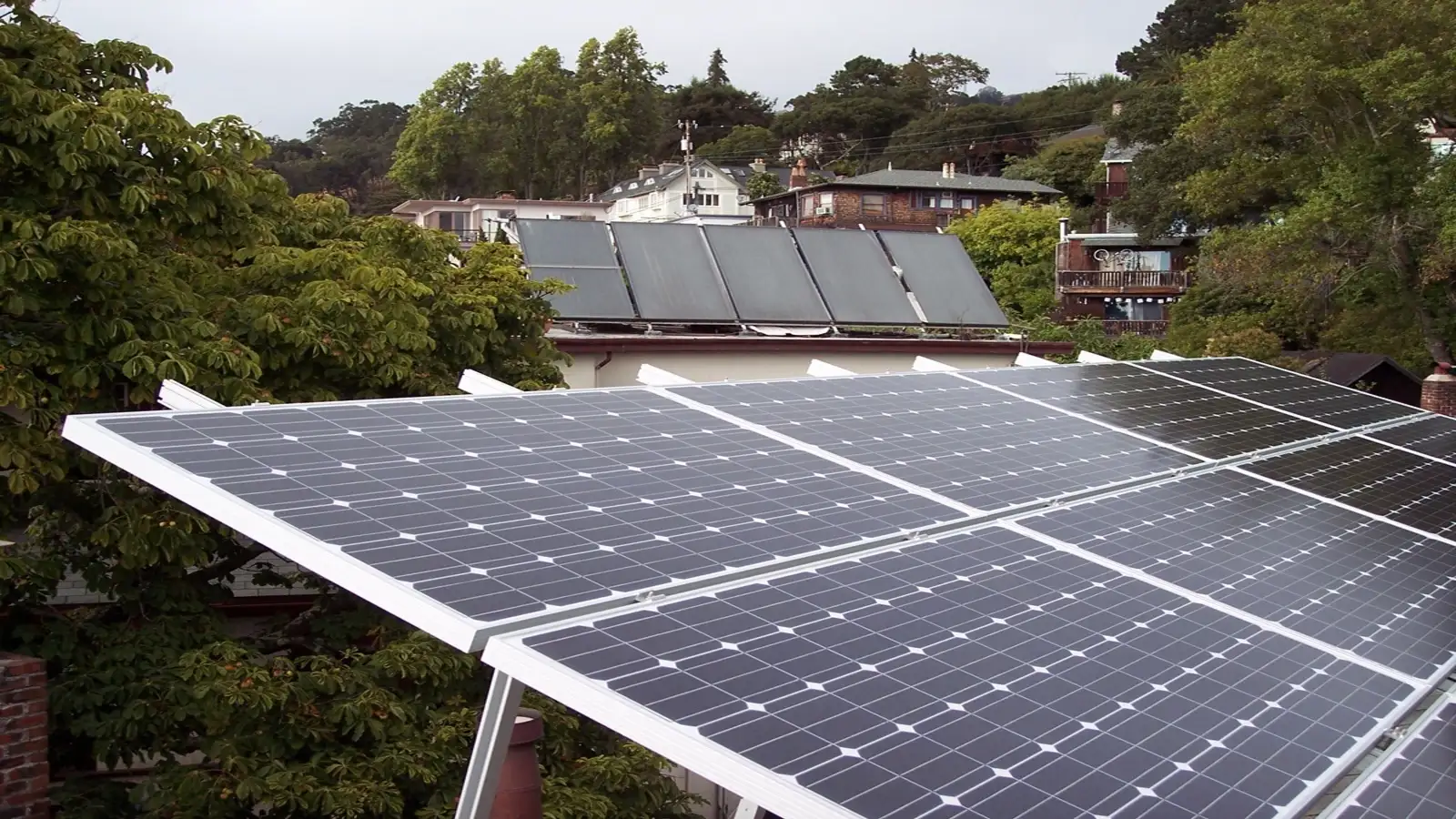How to Upgrade Your Home Solar System with Heavy-Duty Battery Lugs
So, you’ve invested in a home solar system. Great move. It’s clean, renewable, and saves you money in the long run.
But when you are scheduling upgrades (more batteries or a larger capacity inverter), check the minor but mighty little parts that hold everything together: Your battery cable ends.
Converting to heavy-duty battery lugs is one of the most underutilized improvements in solar installations. Why? Because the weakest link in a solar setup determines its strength.
In this blog, we’ll explain why upgrading your lugs matters, what makes a lug “heavy-duty,” and how to choose the right ones for your home solar project.
Why Battery Lugs Matter More Than You Think
Everything in your solar system, from the panels to the charge controller to the inverter, depends on safe, secure power transfer. That power travels in wires, and those wires need to be terminated with durable, conductive connectors: battery lugs.
If your lugs are undersized, poorly crimped, or made from cheap material, you’re setting yourself up for:
- Voltage drops
- Heat buildup
- Corrosion
- System failure over time
That’s where Selterm’s heavy duty battery lugs come in.
What Makes A Lug “Heavy-Duty”?
Not all lugs are created equal. Heavy duty battery lugs are built to handle high current, environmental exposure, and years of wear.
Key Features To Look For:
- Made from high-conductivity copper: This ensures maximum current flow with minimal resistance.
- Tinned coating: Prevents corrosion and oxidation, especially important in outdoor or off-grid systems.
- Thick barrel walls: Allow for a stronger crimp and better long-term connection.
- UL-listed and industry-tested: Always choose certified components that meet safety standards.
Selterm’s lugs are made from 99.9% pure copper, tin-plated for corrosion resistance, and built to handle real-world solar conditions.
When Should You Upgrade Your Lugs?
If you’re doing any of the following, it’s a great time to upgrade your battery cable ends:
Adding More Batteries
More batteries = more power = more current. You’ll want lugs that can handle increased amp loads without heating up or breaking down.
Switching To A Larger Inverter
Higher wattage inverters draw more current. Old lugs may not cut it anymore, especially if they were sized for your original, smaller system.
Going Off-Grid Or Adding Backup Power
Off-grid setups require a reliable power flow 24/7. You can’t afford a poor connection or corroded terminal when the sun’s your only energy source.
Rewiring Or Cleaning Up Your System
In some cases, it’s not a question about failing, it’s about getting it right! If you’re already replacing your system, add heavy lugs and you’ll have a cleaner and stronger system.
Choosing The Right Battery Cable Ends
Here’s a quick guide to help you choose the right lugs:
1. Match Wire Gauge And Stud Size
You’ll need to match the lug to your cable size (e.g., 4 AWG, 1/0 AWG) and the terminal post size (¼”, 5/16”, etc.). Selterm offers a wide variety of options, so you’ll find the perfect fit.
2. Use The Right Crimp Tool
Heavy duty lugs require a proper crimp. A hydraulic crimper or hex die tool is ideal; don’t settle for pliers or hammer-style tools.
3. Add Heat Shrink For Protection
To finish your connection like a pro, seal the lug with dual-wall heat shrink tubing. It prevents moisture, strengthens the joint, and makes your system look cleaner.
Installation Tips From The Pros
If you’re tackling this upgrade yourself, here are a few best practices to follow:
- Always strip the right amount of insulation—no more, no less.
- Don’t twist the copper strands—insert them straight into the lug barrel.
- Check your crimp visually—look for full compression and copper visible in the inspection window.
- Seal every connection—especially if it’s exposed to moisture, dust, or temperature swings.
Remember: A solid crimp and seal can be the difference between a smooth-running system and a service call six months later.
Real-Life Benefits You’ll Notice
Upgrading to heavy duty battery lugs might seem like a small detail, but it pays off in big ways:
- Improved system efficiency (less resistance = better performance)
- Longer equipment life
- Fewer maintenance issues
- Peace of mind during storms or outages
Final Thoughts: Don’t Skimp On The Connection
The quality of your solar system depends on the connections that keep it together. Don’t use inferior cable ends to complete the task if you’ve spent money on expensive panels, batteries, and inverters.
Selterm’s heavy duty battery lugs are designed for serious solar setups. They deliver consistent power, resist corrosion, and hold up under pressure, exactly what you want when your home runs on sunshine.
So, whether you’re upgrading an existing setup or building from scratch, make the smart call: upgrade your battery cable ends, and build your system to last.
